We can explain so much about sound that we've figured out from our own investigation ideas, answered the vast majority of our own questions, and tracked our learning in our Model Tracker. Way to go 6th grade!!!
|
How exactly does rigid glass appear wave-like? With sound, of course! We started our unit with the anchoring phenomenon of a truck's speaker getting glass to deform. We had no clue how this happened, but we've put together all these little pieces over time to figure it out, AND connect it to so many other related phenomena. Check out some students' final models to explain how a truck's speakers could get glass windows to deform that are far away:
We're nearing the end of our unit, realizing that all the related phenomena we came up with to launch the unit connect to the truck's speaker that made the windows appear wavy! We did some quick demos today to see this same phenomenon at a smaller scale in our classroom!
We're working on our final models to explain what's going on with the sound source, the medium and the sound receiver. Check back soon for student group's final models!
Since figuring out what happens in the medium between the sound source and the sound receiver, we wanted to go back to the truck video that started this all and connect it to a pretty crazy video Mrs. Brinza found... We were really curious about how the amplitude and frequency of both these cars' speakers affected the nearby window's and the woman's hair. So we set up an investigation as a class with our own sound source (ruler attached to a block), a medium (marbles) and a sound receive (blue marker) to investigate which of these variables of a sound makes the most impact:
NEXT STEPS! Explain our sound phenomena!!! We've got all the pieces now! Yahoo!
We agreed that while we think all the air molecules colliding is what's happening, we really wanted to zoom in on what was happening to the air molecules, and an original investigation idea was to use a simulator to help us. So Mrs. Brinza found one that has been seemingly helpful to us. Here's what we figured out from the simulator: The simulator also allowed us to explore what happens as the amplitude and frequency change to all the air molecules colliding. But we'd like to see this for ourselves, and maybe measure it, too?
Now that we know we need air (or any other medium) to hear and that it doesn't move all the way from the sound source to the receiver, we wanted to investigate what the air is actually doing. We started with an agreement on what mediums look like at the particle level: After agreeing that these mediums are made of molecules with varying amounts of space around them, we wanted to see what happens when the force of a beating drum (sound source) comes in contact with one of those mediums (air, for example). We built out a physical model to begin to see that the air molecules are colliding with each other, and that these collisions continue on to the sound receiver. After seeing our classmates become "air molecules," this was all beginning to make more sense to us about these collisions looking like a wave (almost like dominoes or the wave game in a baseball stadium). We agreed to add the following idea to our model tracker: We'd love to zoom-in on this process, but we're not really sure you can do that. In the meantime, we're back to the drawing board with our investigation ideas from the start of this. Maybe there's some kind of simulator that can help us see what is really happening to the air molecules when vibrations/collisions begin!
So our recent investigations had us thinking that maybe you don't even need air for sounds since it doesn't have to travel from the sound source all the way to our ears to hear it. So the best way to get rid of air...to use a pump/vaccuum to get it out! Mrs. Brinza didn't have this equipment, so we turned to the web to help us figure this out: We figured out that air is TOTALLY necessary for sound to move, because without it, we couldn't hear the sound. This made us wonder if there were other things that could replace air, like water. So some generous students decided to stick their ears in a container of water and listen for sounds made with some rocks coming together: And the big THUMBS UP means that YES! You can hear sounds through a liquid, like water. We even heard students passing by in the hallway through the solid door to our classroom. This all must mean that sounds need some sort of medium (gas, liquid, or solid) to move from a sound source to a sound receiver. We're really figuring stuff out!
After becoming EXPERTS on what the sound source must do to start a sound, along with how the vibrations change when the pitch and volume are changed, we've moved just past the sound source to the space in between the sound source and the sound receiver. We know that something moves.
We even used a scale to see if it changed weight after pinging it, meaning the air moved out of the bag (if we thought there were holes in the bag), and lo and behold, it didn't change weight.
So this is making us wonder...do you even need air to hear a sound? We don't have a vaccuum in our classroom, but maybe we can pull this off with something else? If we don't need air to hear, can something else be in place of air? We're starting to put all the pieces together in terms of how one object can make so many sounds...and this means that the sound waves look very different! If we strike a tuning fork lighter or harder, this means that the vibrations will be bigger or smaller, changing the amplitude, or the wave's height.
If we pick a different tuning fork with a different frequency, we'll be changing the pitch. Higher pitched noises have a higher frequency (meaning more waves per one second of time). Lower pitched noises have a lower frequency (meaning less waves per one second of time). This is starting to make sense...the car's speaker must be making all kinds of different vibrations (in terms of frequency and amplitude) that allow us to hear different sounds and make the window shake differently (or even not all all)!!! Now that we've figured out what exactly happens to the vibrations (and ultimately the waves) when the pitch and the volume change, we're trying to put all these pieces together into why one object, like the car's radio that got the windows at a distance to shake, can make so many different types of sounds!
We did some partner work to think about representing changes in pitch (the frequency of the waves) and changes in volume (the amplitude of the wave). And the BEST part...was connecting this all to math! We realize that ratios, proportions, and graphing are all a part of understanding this scientific phenomenon. Check back next week as we have some posters that explain our thinking at this moment in our unit! |
Mrs. BrinzaSounds... ArchivesCategories |
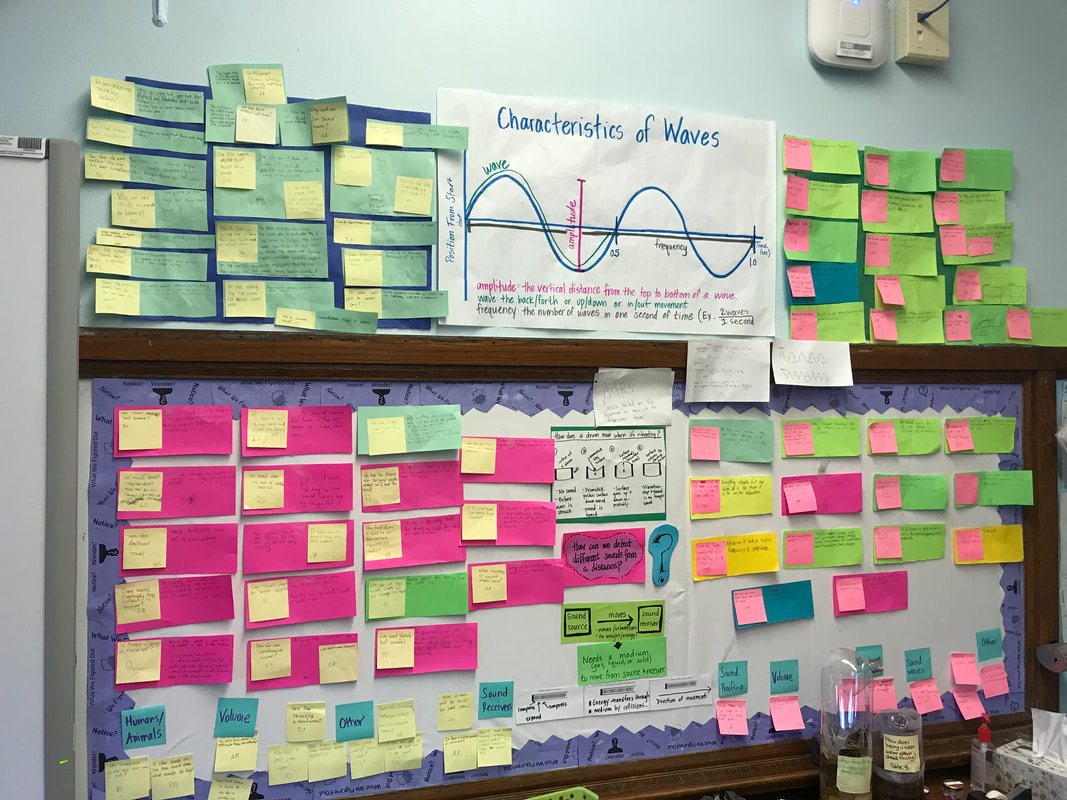
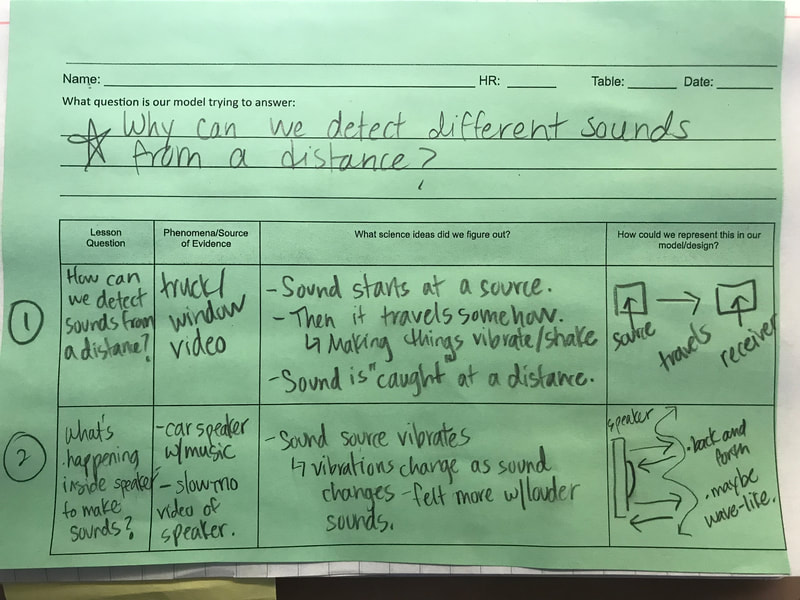
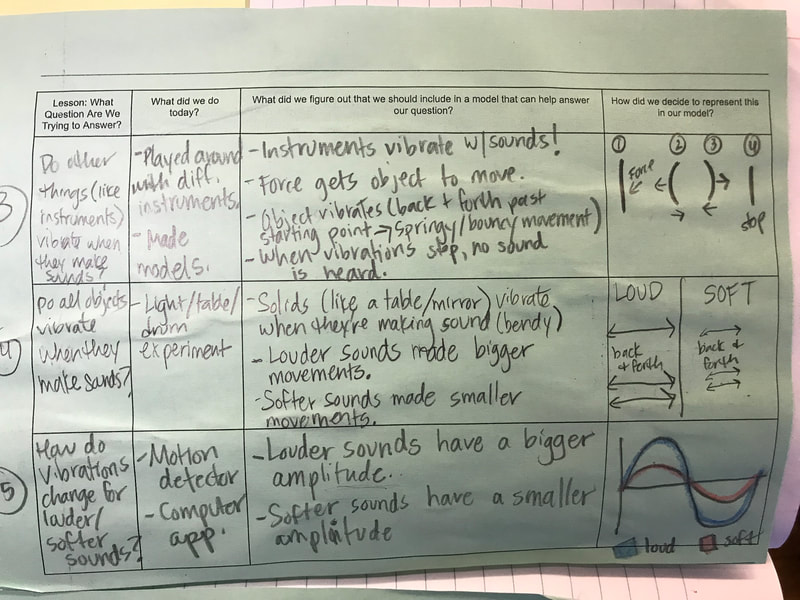
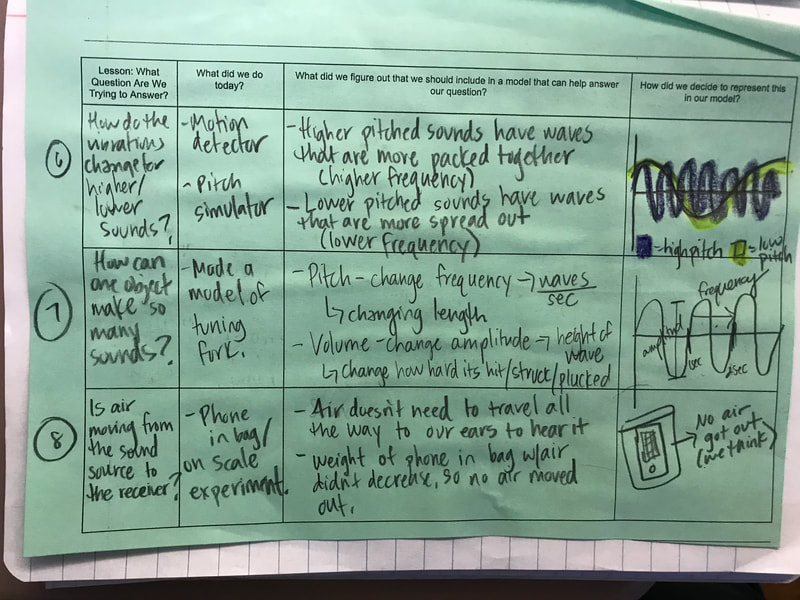
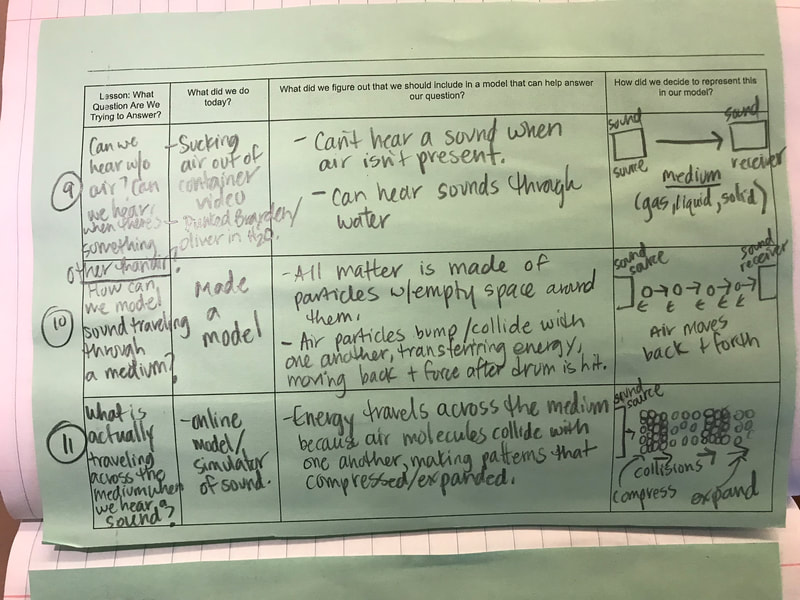
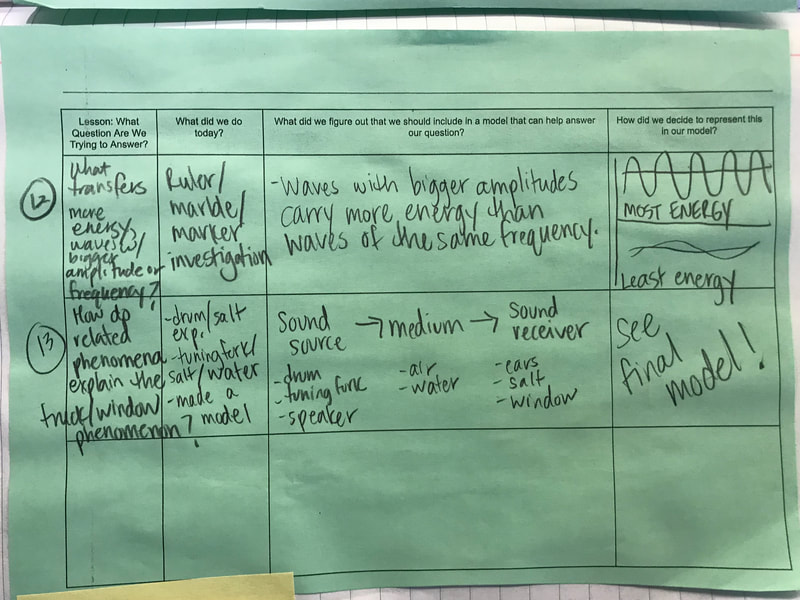
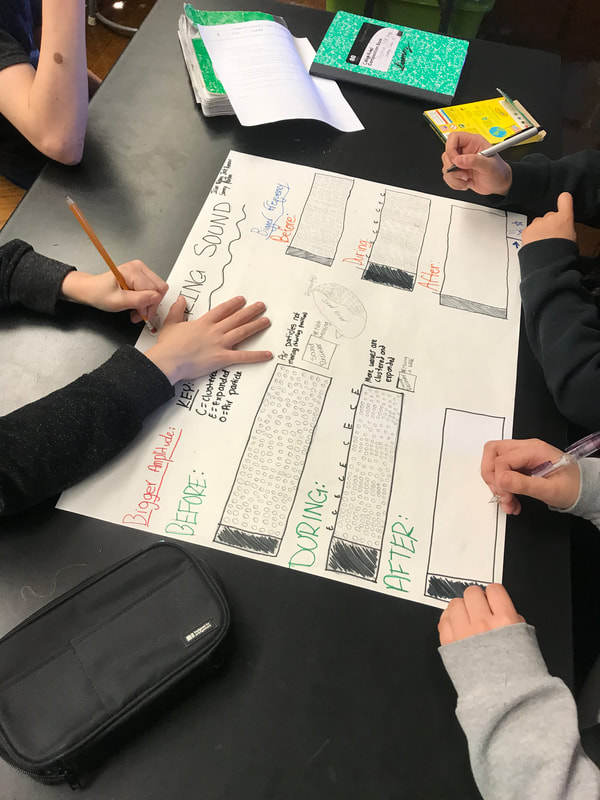
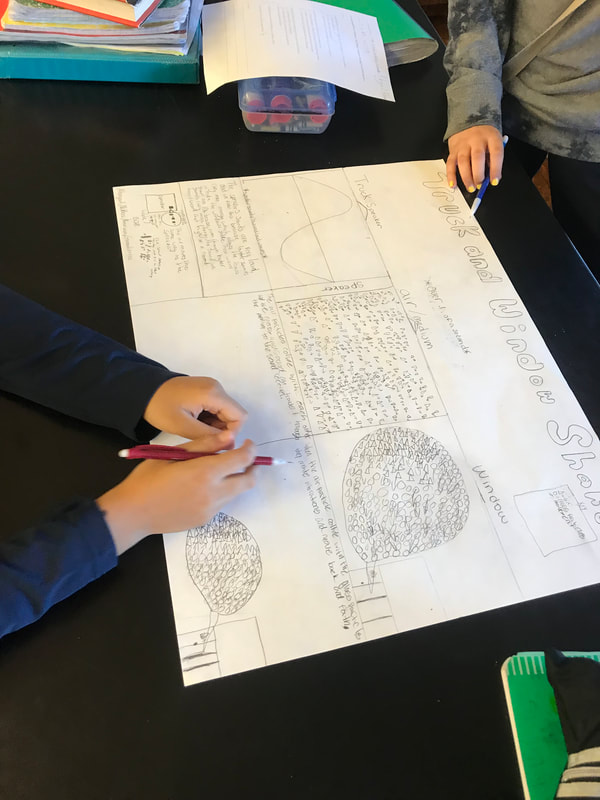
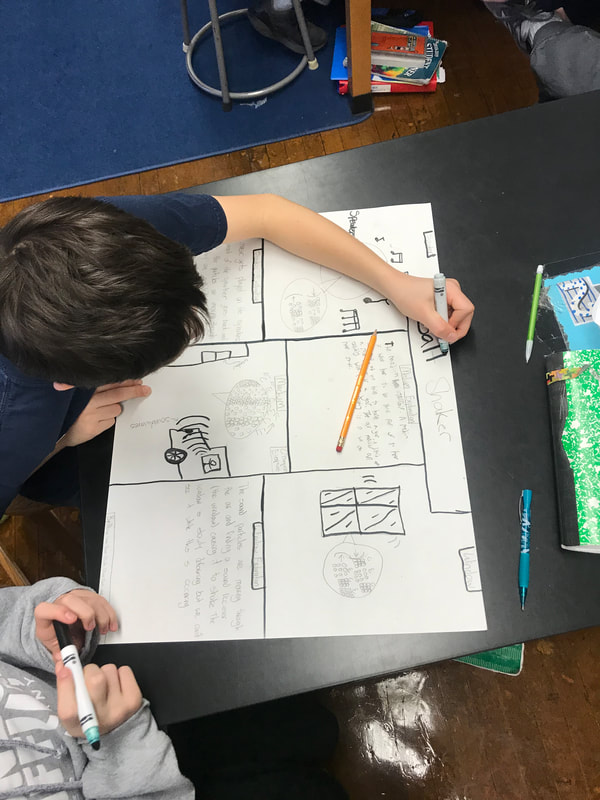
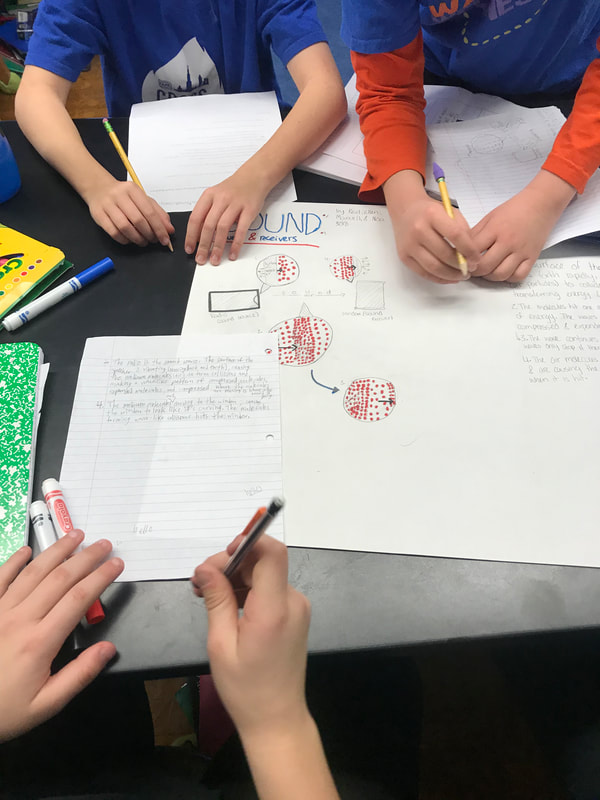
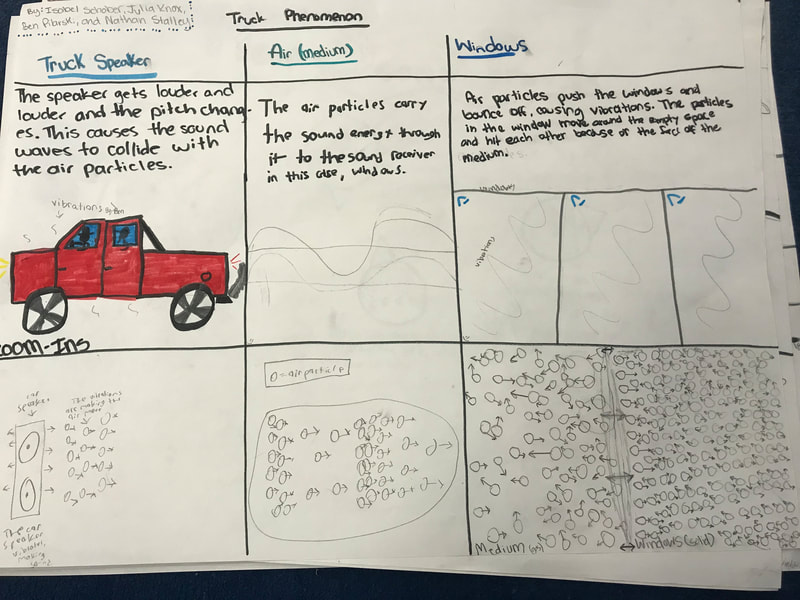
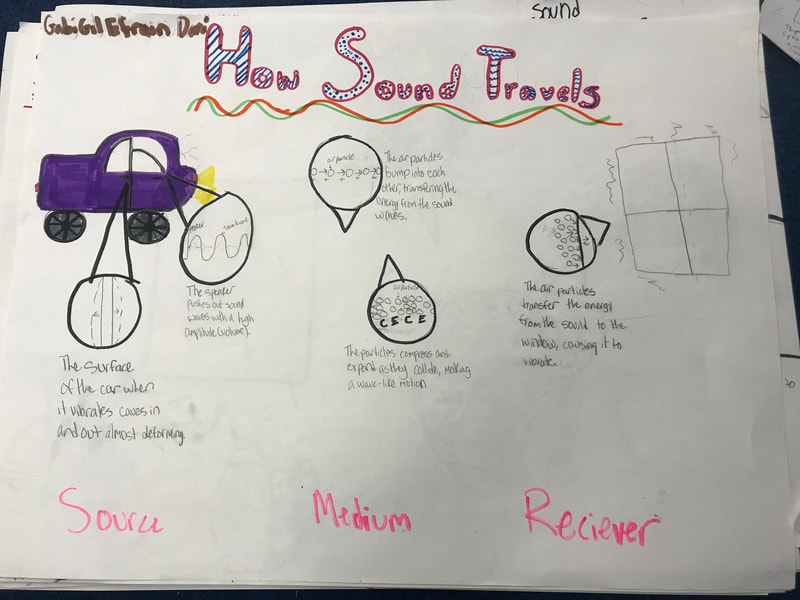
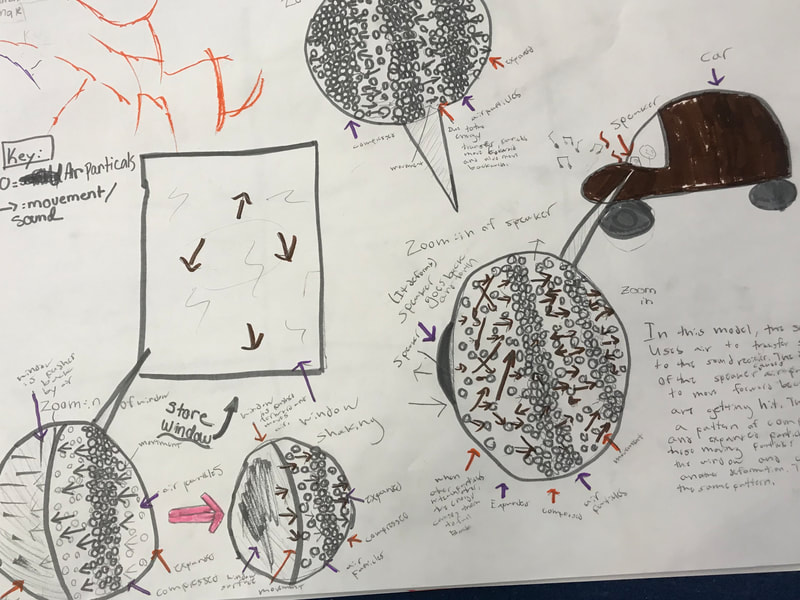
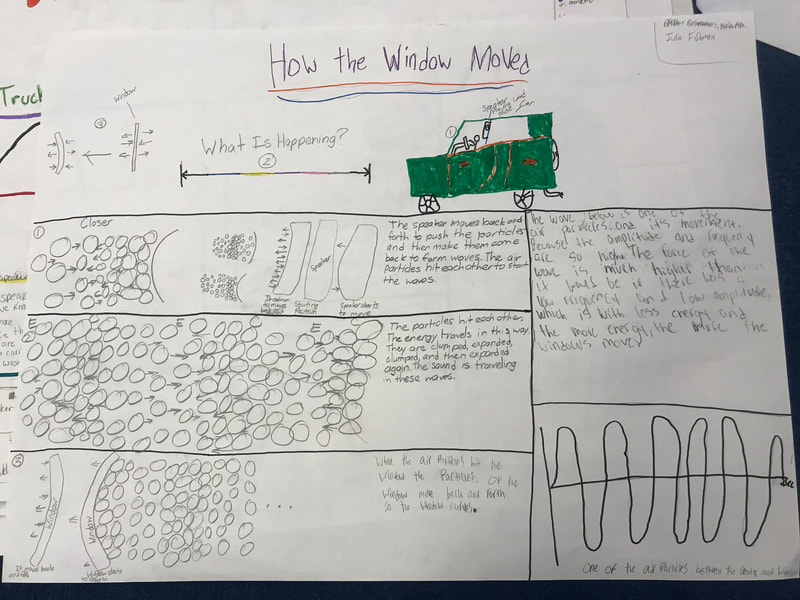
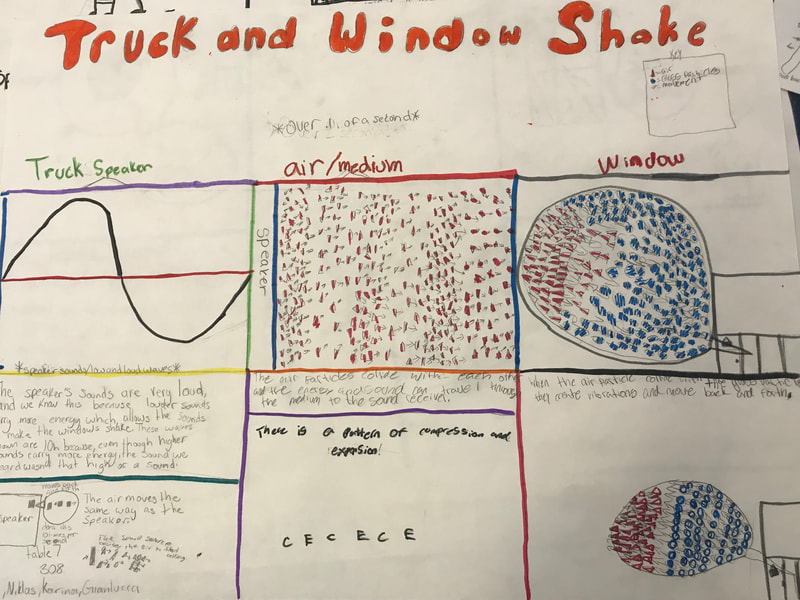
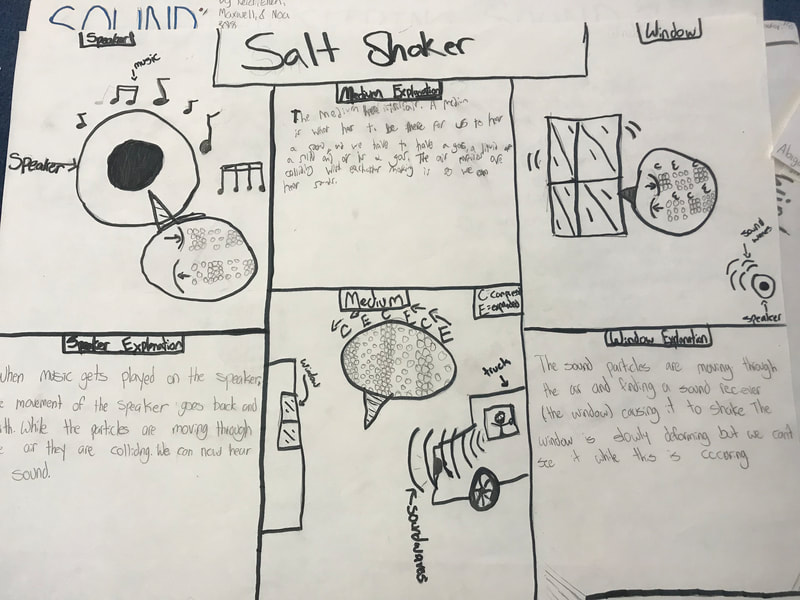
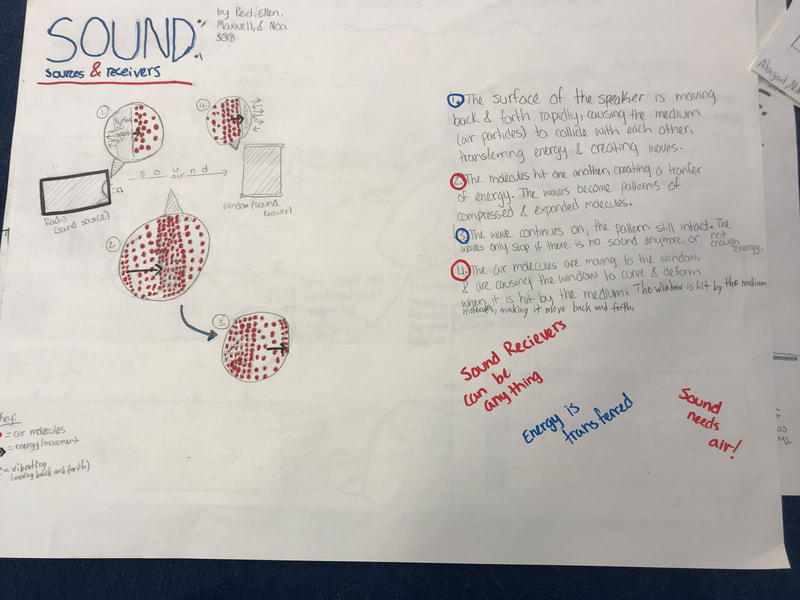
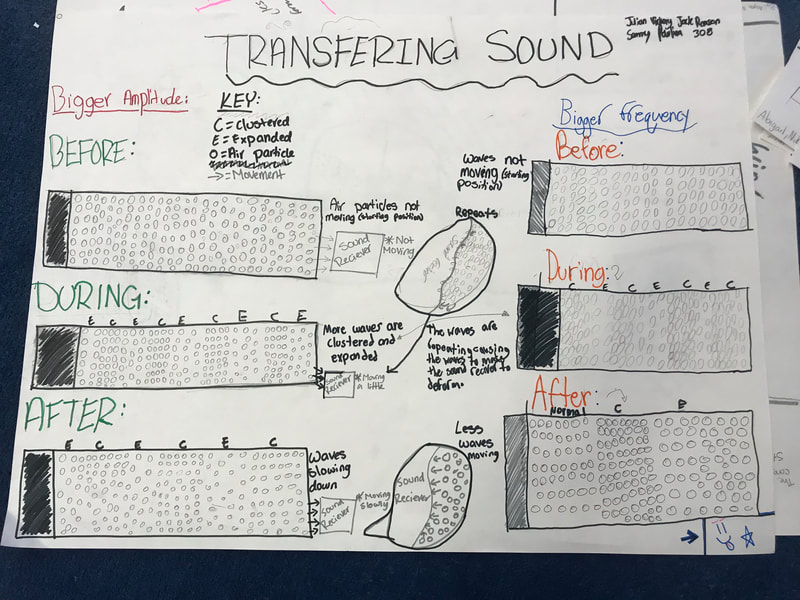
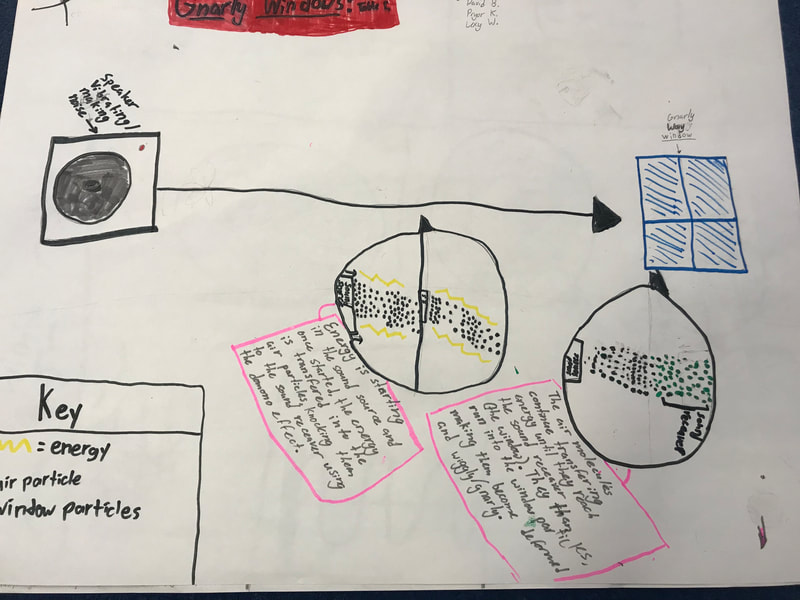
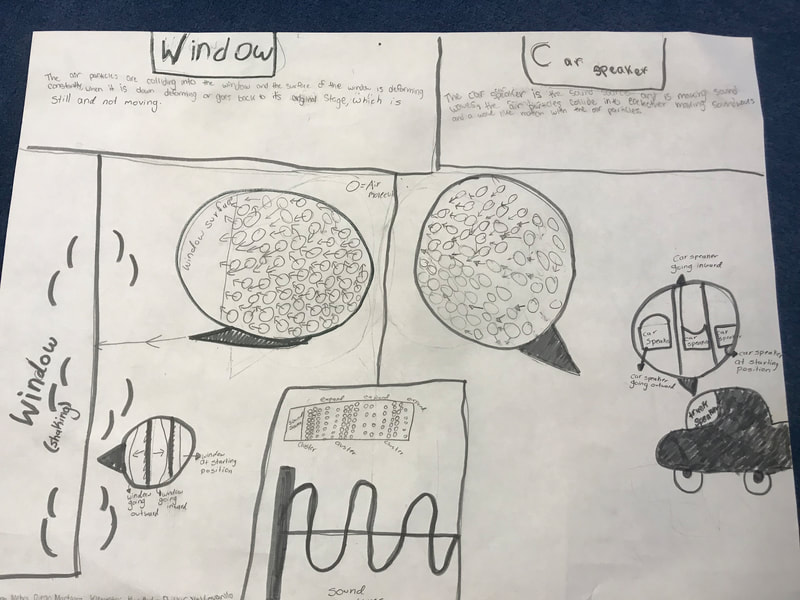
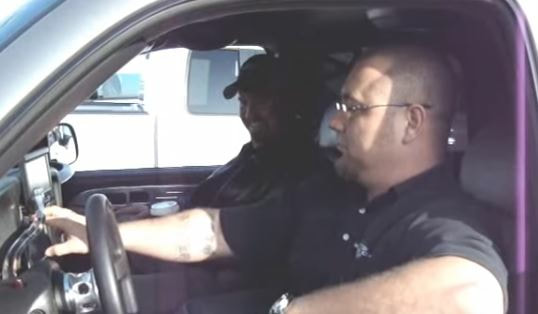
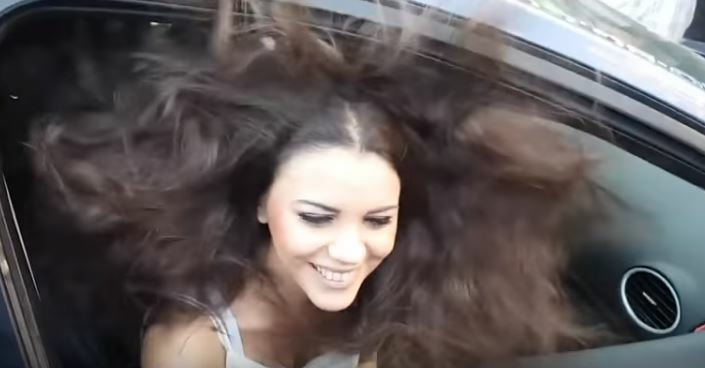
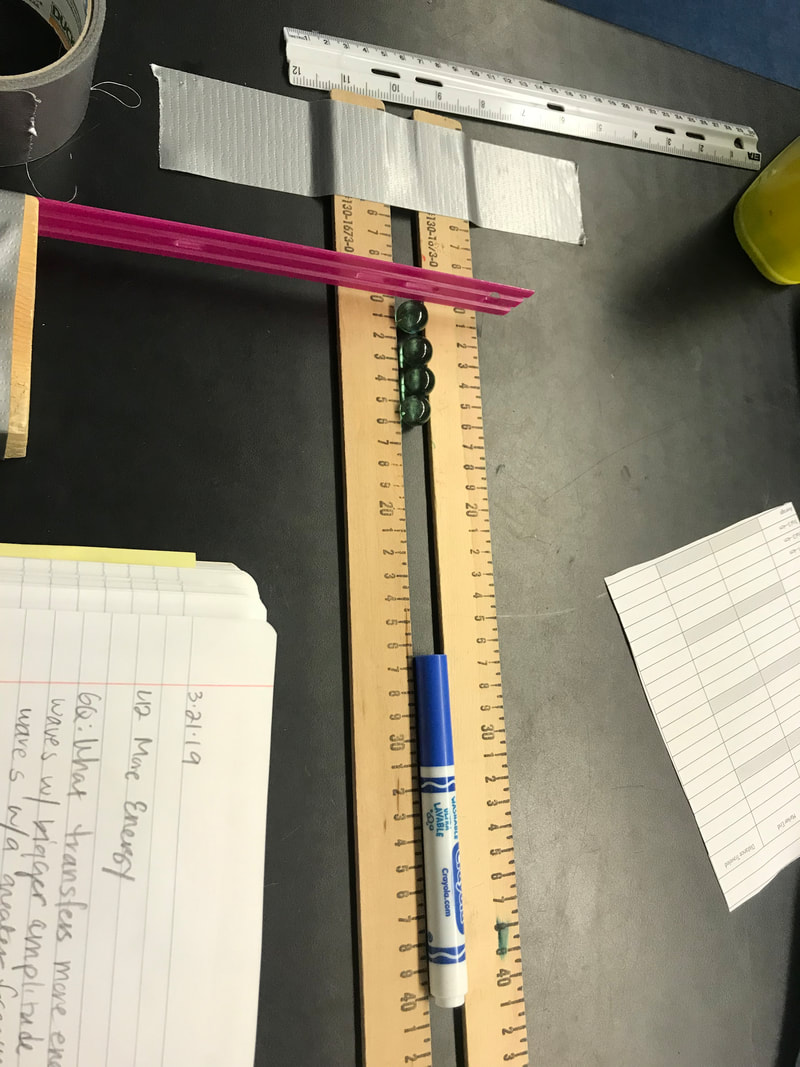
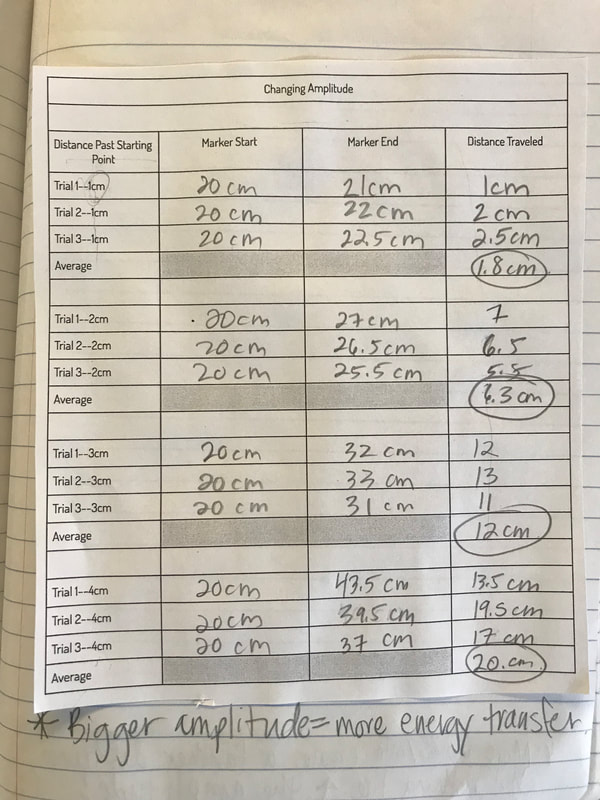
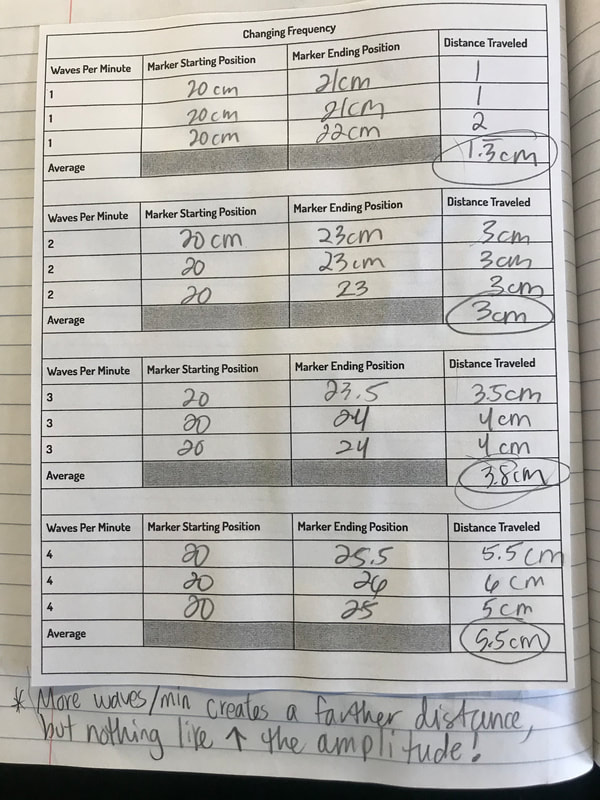
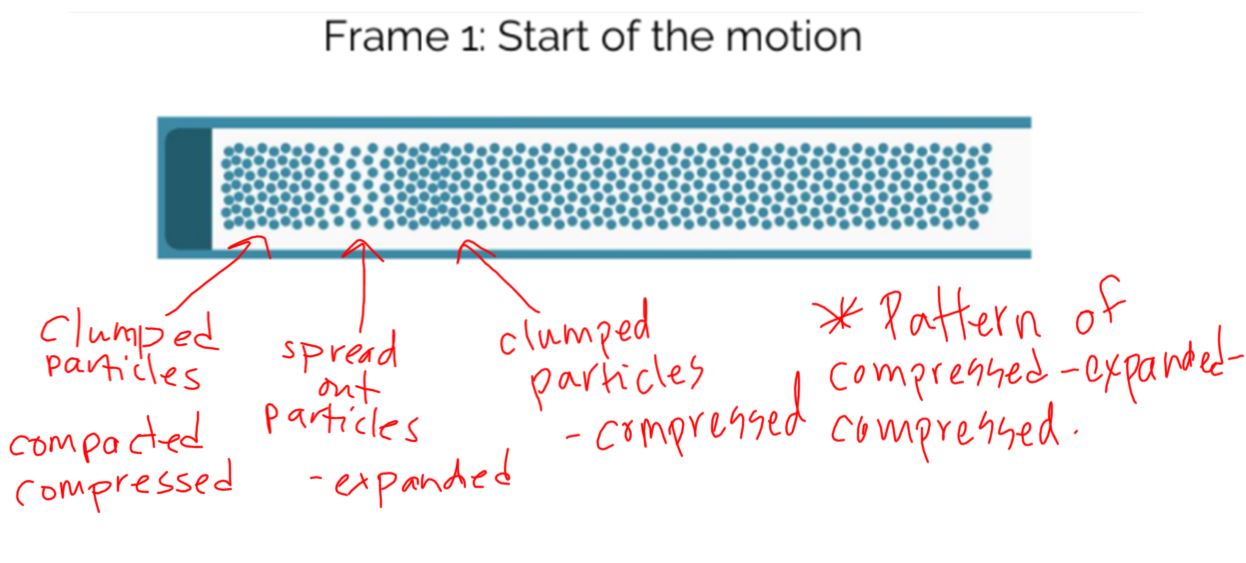
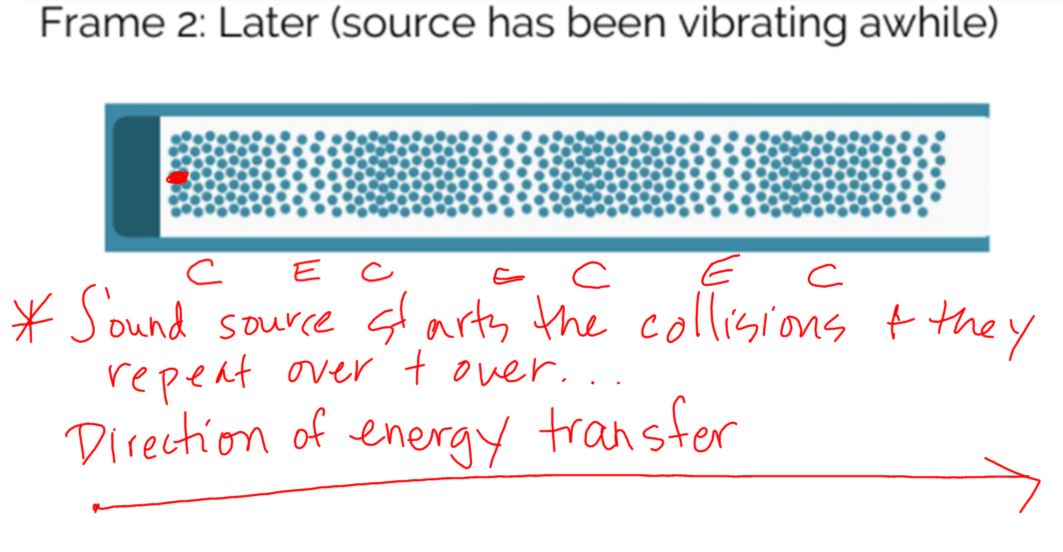
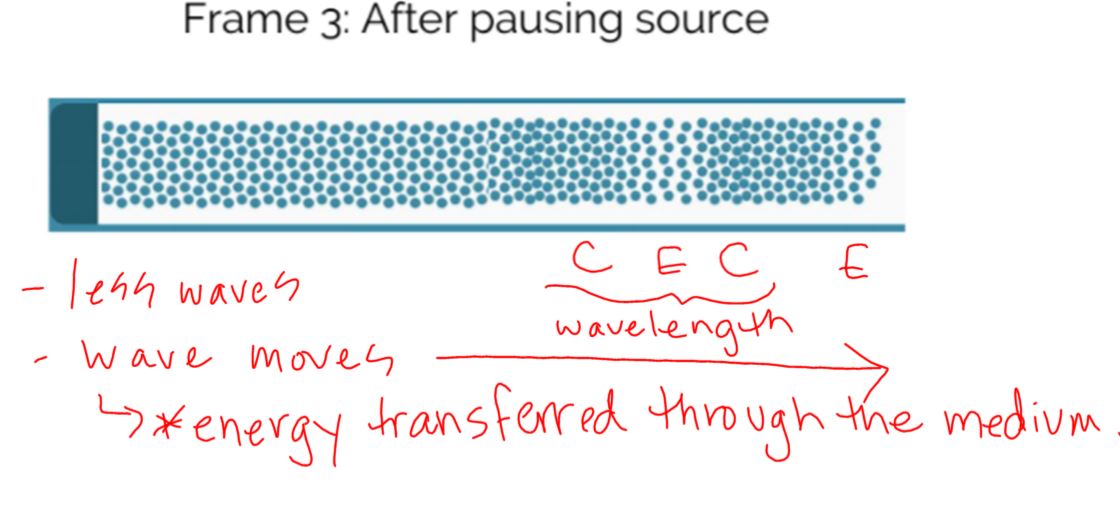
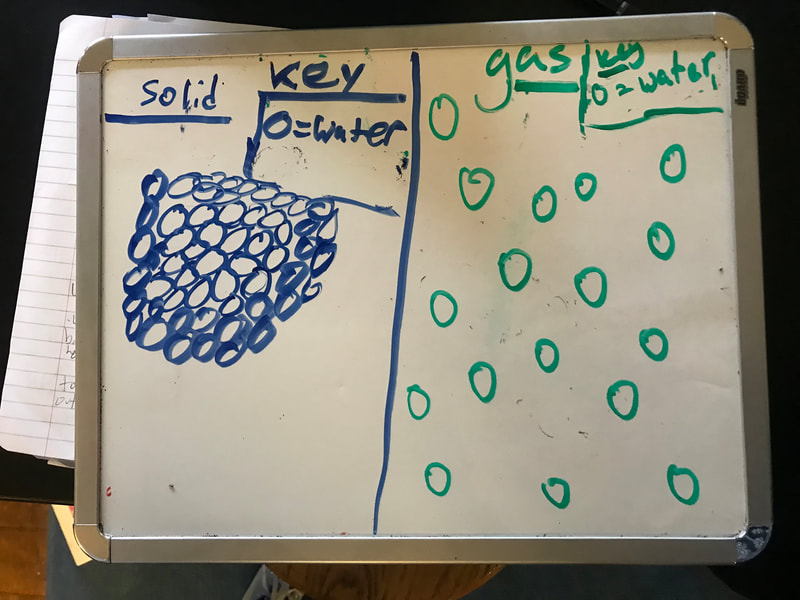
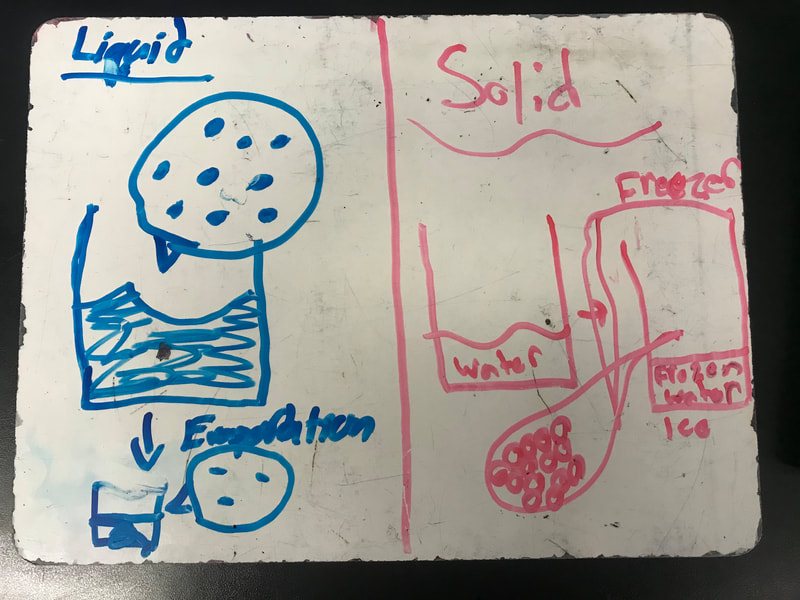
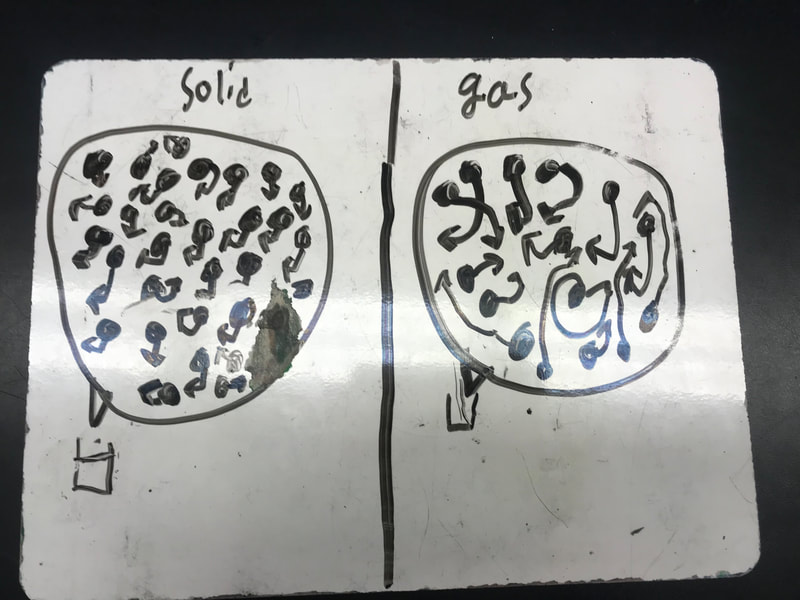
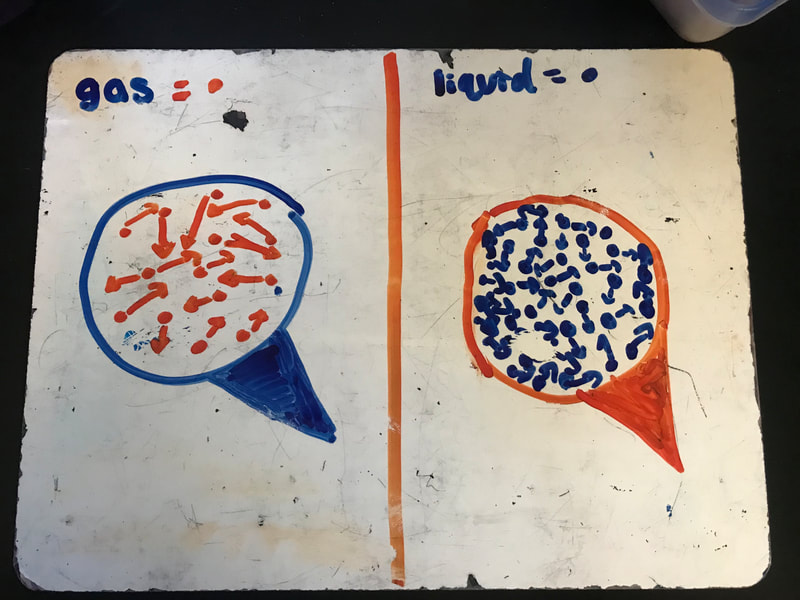
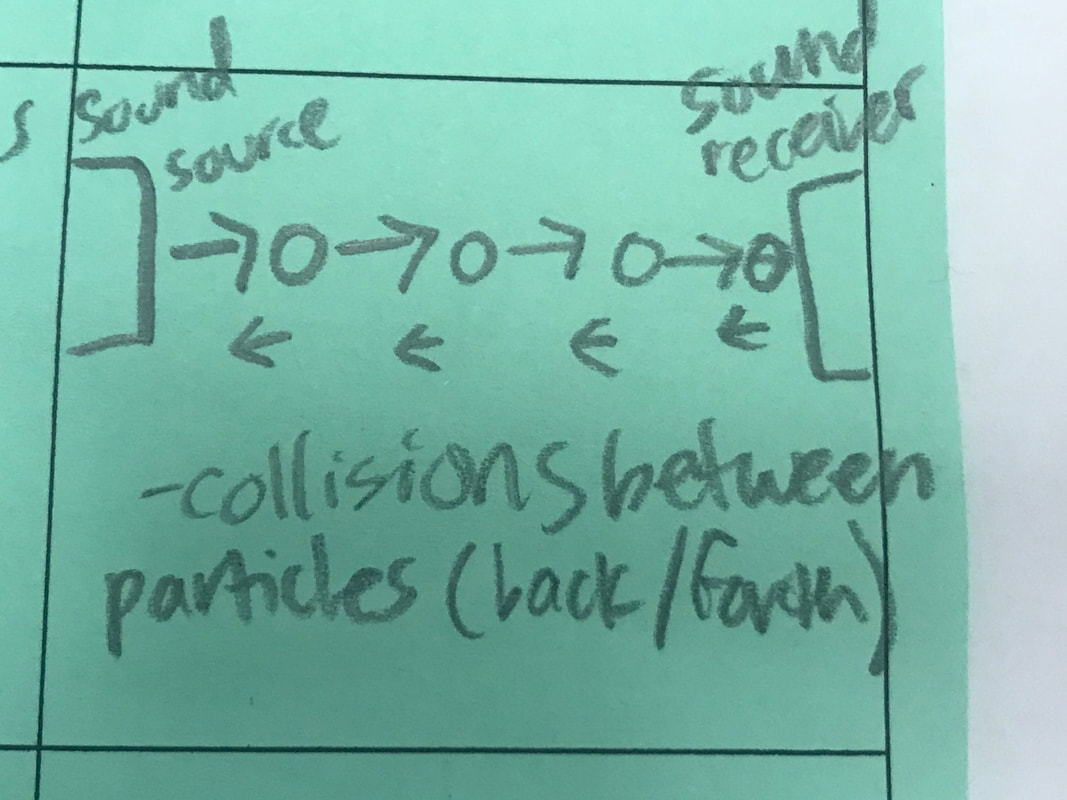
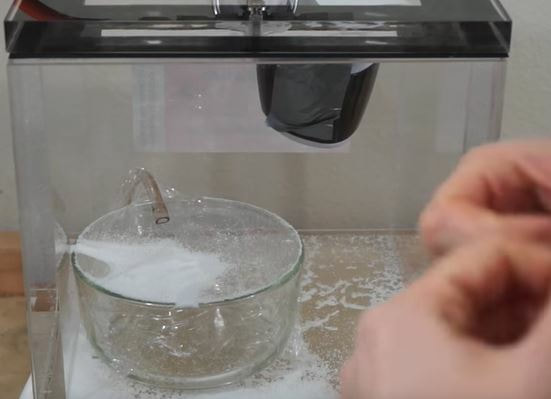
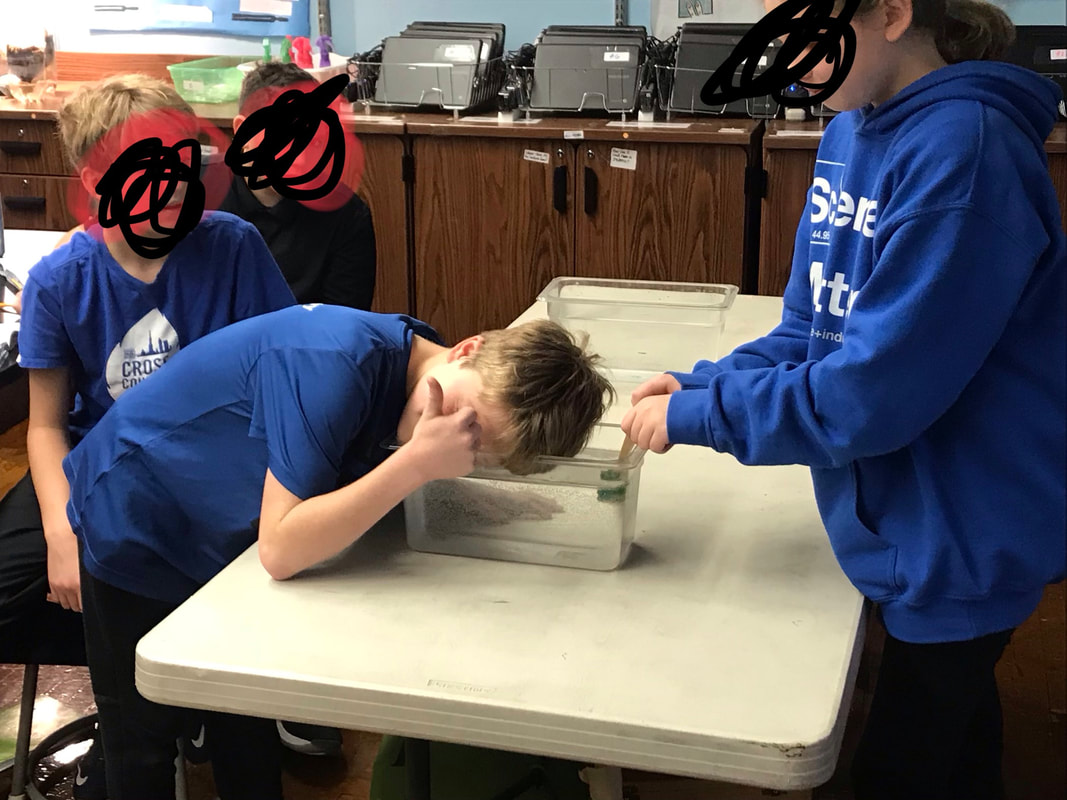
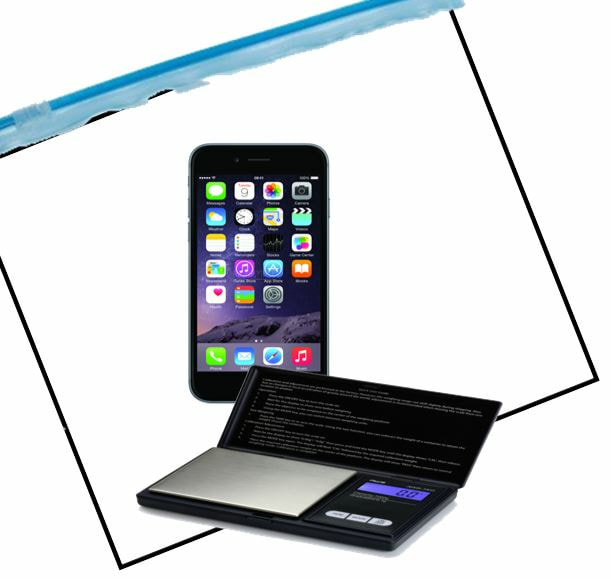
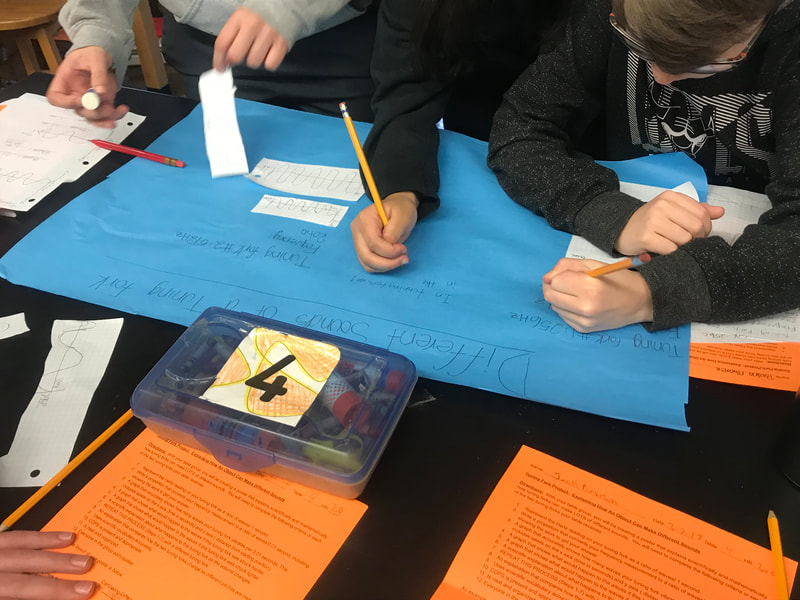
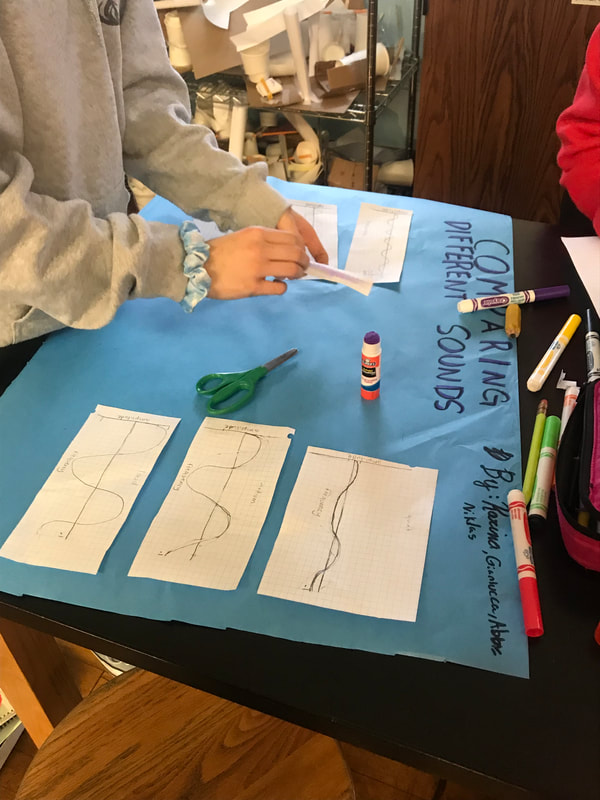
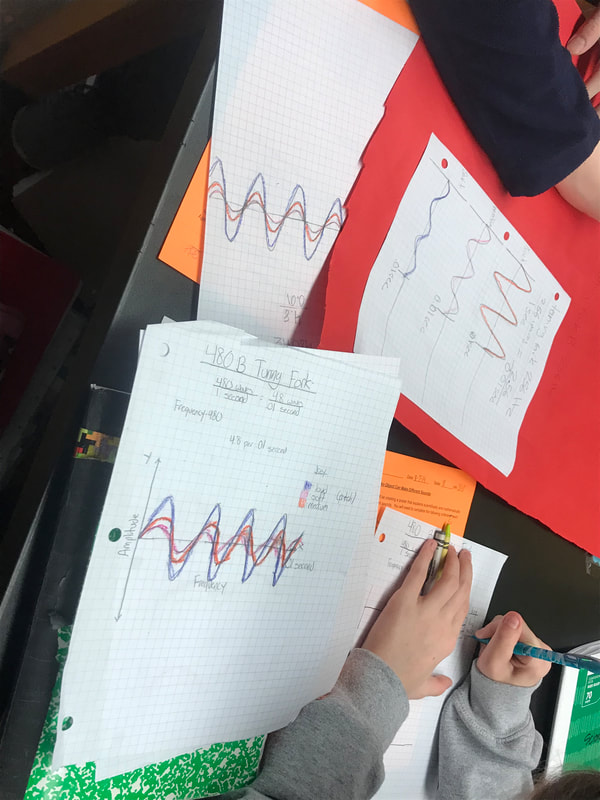
 RSS Feed
RSS Feed